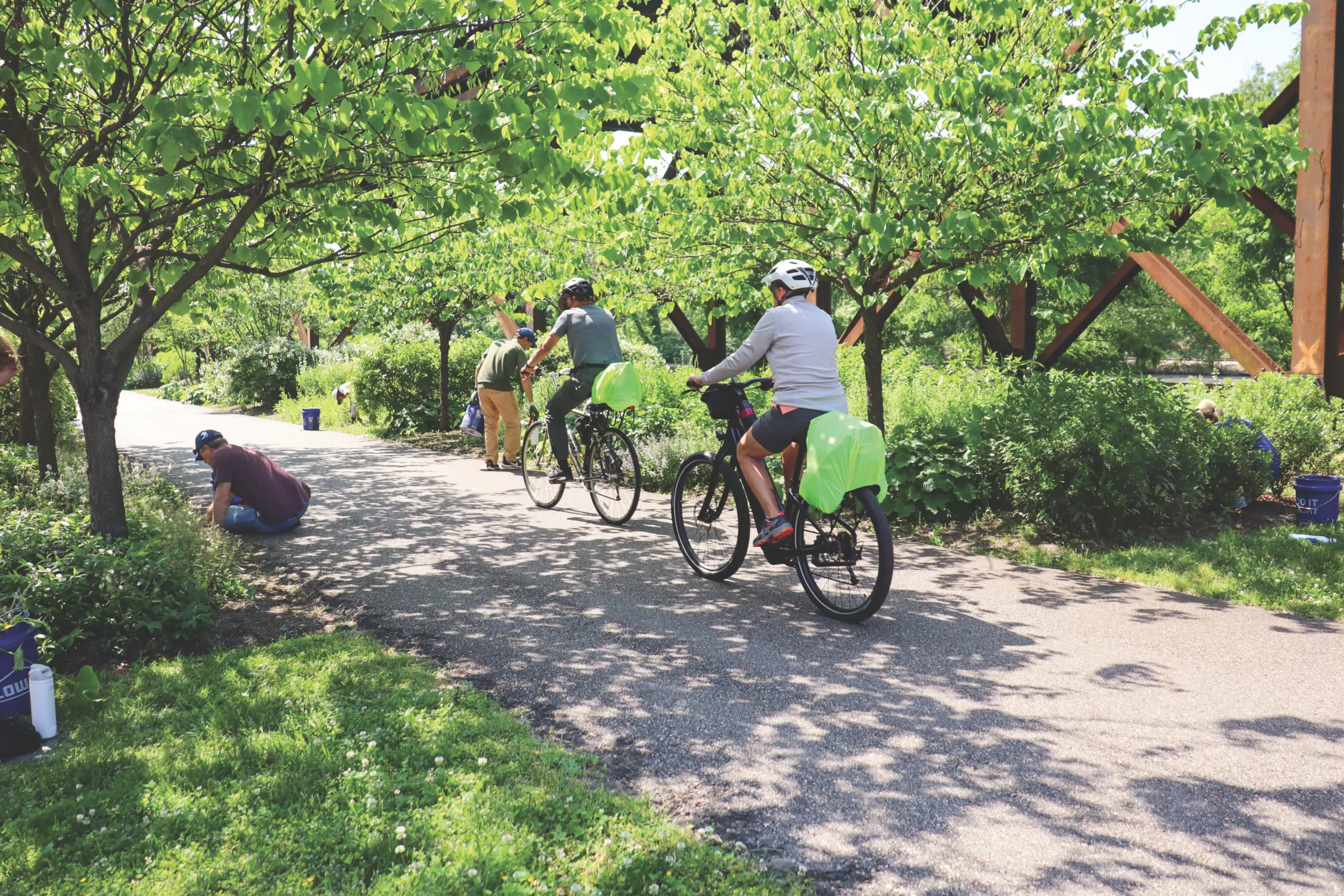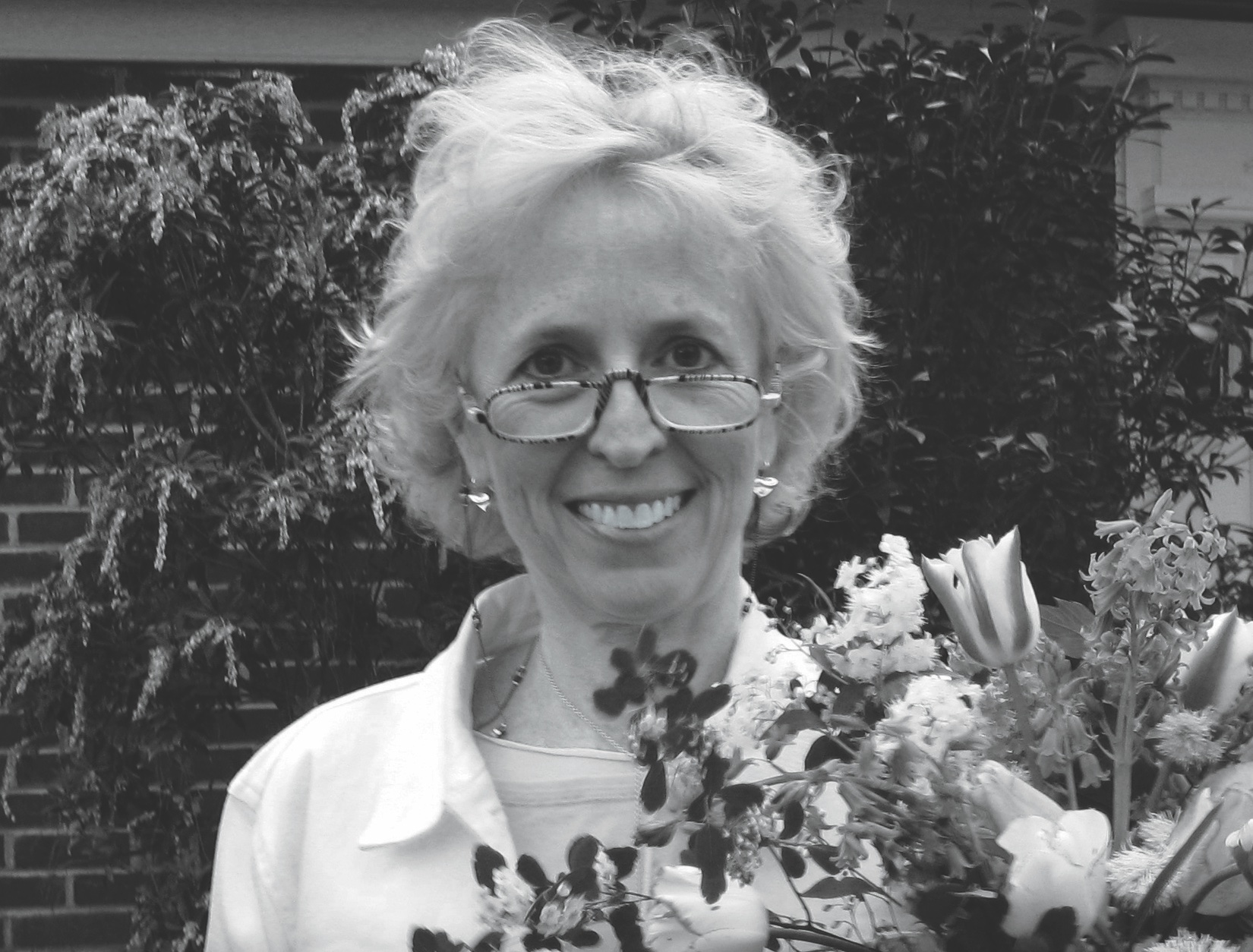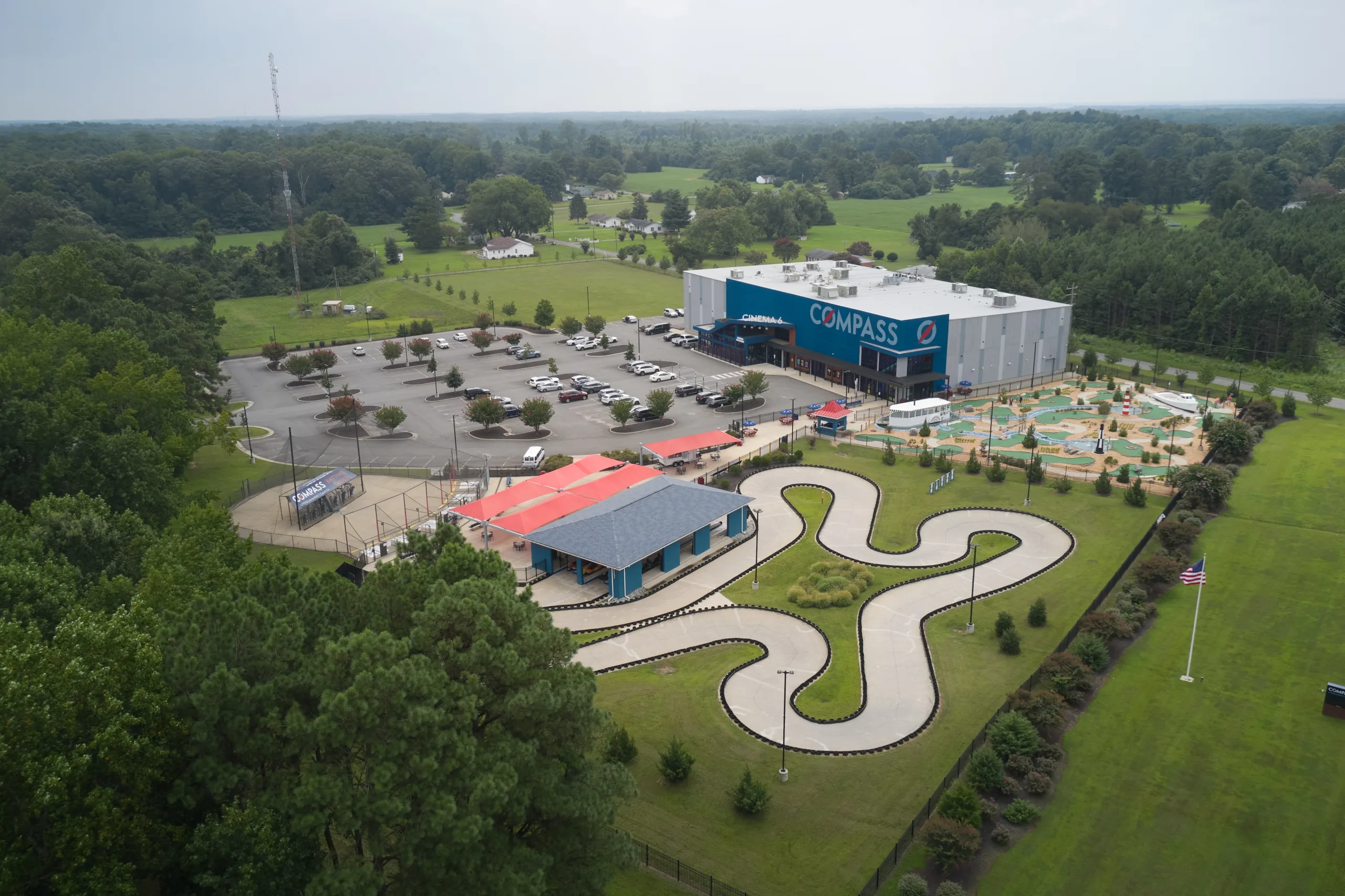Anna Aquino, a Richmond-based landscape architect, can quickly rattle off a litany of why trees make good citizens—they provide oxygen, improve air quality, enhance wellbeing, improve moods, filter pollutants, prevent soil erosion, offer shade and cooling effects, shelter wildlife, reduce noise pollution, and beautify spaces in which they grow.
“Trees have an almost magical beauty,” she says. “Each tree tells its own story—its gnarled bark, its limbs, and all those leaf colors that change season by season. Standing under their canopies is like being in nature’s cathedral.”
But Aquino reminds us that these green guardians aren’t just nice to have or pretty to look at—they’re secret health heroes, keeping hearts beating stronger in an increasingly urban jungle. Office view of a leafy oak? It’s not only aesthetically pleasing—it’s actively reducing your stress levels and boosting your heart health while you tackle those spreadsheets.
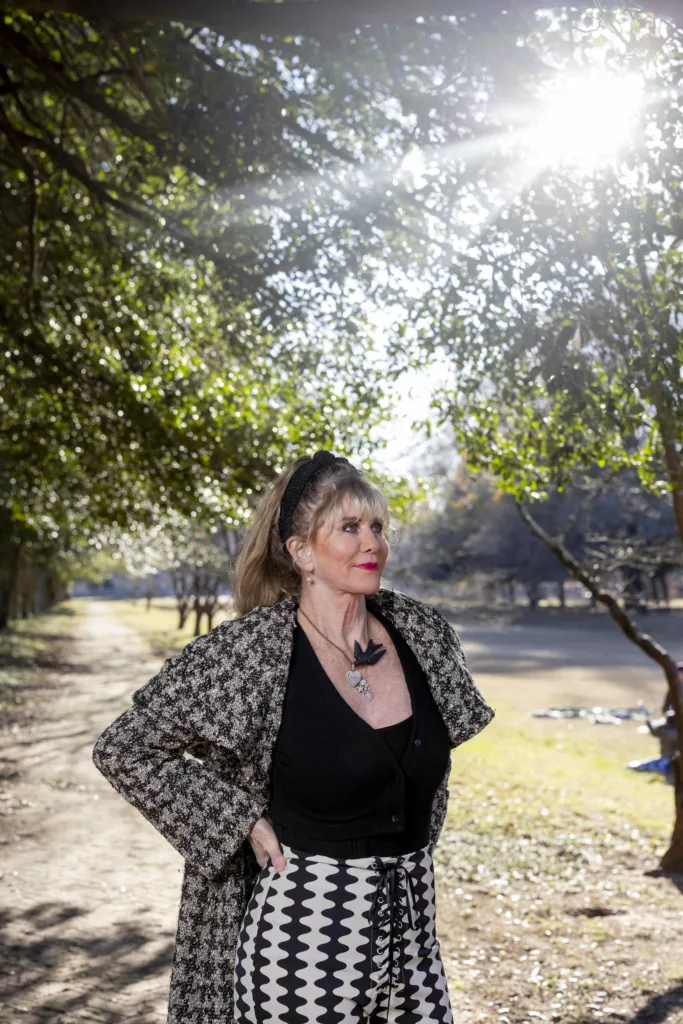
Photos by Kyle LaFerriere
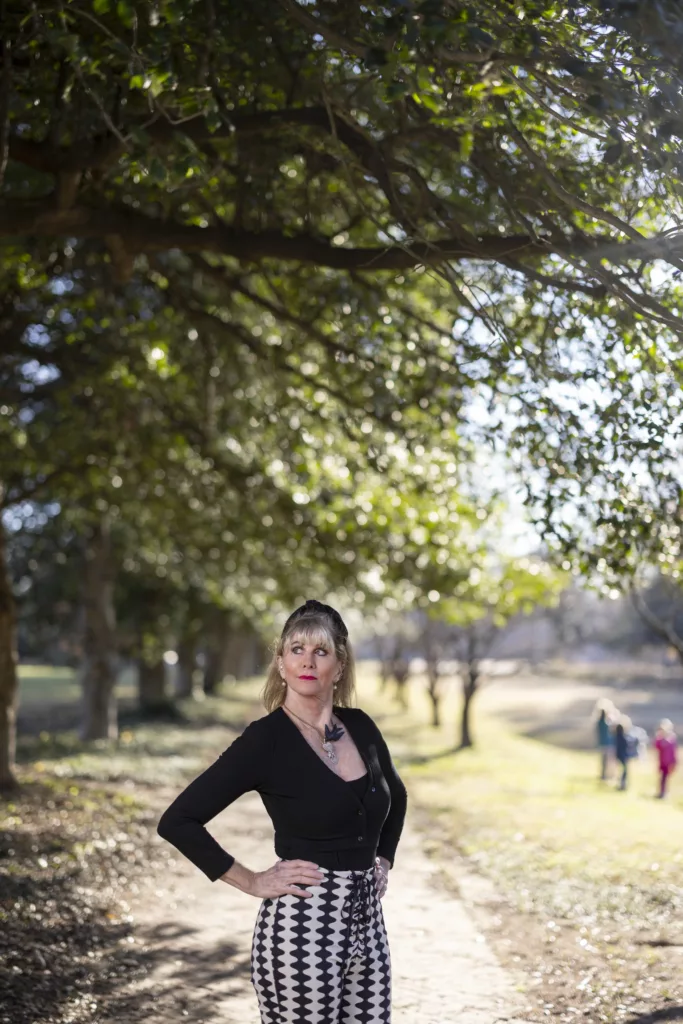
Heart Health Heroes
The numbers don’t lie. Neighborhoods blessed with more trees see fewer heart problems among residents. It’s like having a green shield—when tree coverage hits 30 percent, heart health soars. Even a modest 10 percent bump in urban greenery makes hearts happier. These leafy giants trap nasty air pollutants, cool down steamy city streets, and turn concrete corridors into inviting paths.
The World Bank says we’re urbanizing at breakneck speed with 56 percent of the world’s population—4.4 billion people—currently living in cities. And that number is expected to increase to nearly 70 percent by 2050. In the U.S., it’s much higher: 83 percent of us live in urban areas. In Virginia, more than three-quarters of the state’s population is urban, with over 70 percent of residents living in the three largest metro areas: Richmond, Tidewater, and NoVa.
The Art & Science of Green Space
Dr. Aruni Bhatnagar, a cardiologist and director of the Christina Lee Brown Environment Institute at the University of Louisville in Kentucky, reminds us that we humans evolved to thrive in green spaces, not concrete canyons. Our DNA still hums to the tune of rustling leaves and flowering meadows. Through the Green Heart Louisville Project, Dr. Bhatnagar and his team examine how neighborhood greenery affects cardiovascular disease risk and air pollution levels.
Japanese culture has long valued this connection to nature, embracing shirin-yoku, or forest bathing, to reduce stress, aggression, fatigue, and feelings of depression. “My daily walks in my neighborhood are such a gift,” says Susan Robertson, a landscape designer and one of the original founders of Capital Trees in Richmond. “It’s my sanctuary.” She marvels at the sheer magnificence of trees, their power, their role as protectors. “They’re the lion of the plant kingdom. Both are keystone species—remove either and the entire ecosystem falls apart.”
Through his travels around the globe, Dr. Anurag Mehta took notice of the impact nature had on communities. Mehta, the director of preventive cardiology at VCU’s Pauley Heart Center says with access to green space, where people could engage in leisure activities—even in something as simple as taking a walk—he saw a reduction in cardiovascular disease and its risk factors like high blood pressure, high cholesterol, diabetes, and obesity. “The more you engage in physical activity, the less you are sedentary,” he says. He also notes studies that suggests access to nature and green space reduces stress day-to-day. It’s the ultimate cause-and-effect equation, because stress reduction means improved overall health.
Even viewing an image of a tree or a forest canopy boosts the parasympathetic part of our central nervous system that naturally induces calm—blood pressure eases, pulse rates slow, breathing relaxes, and muscles loosen up. When we look at trees, our parasympathetic nervous system gains an edge, calming our bodies and making us more relaxed.
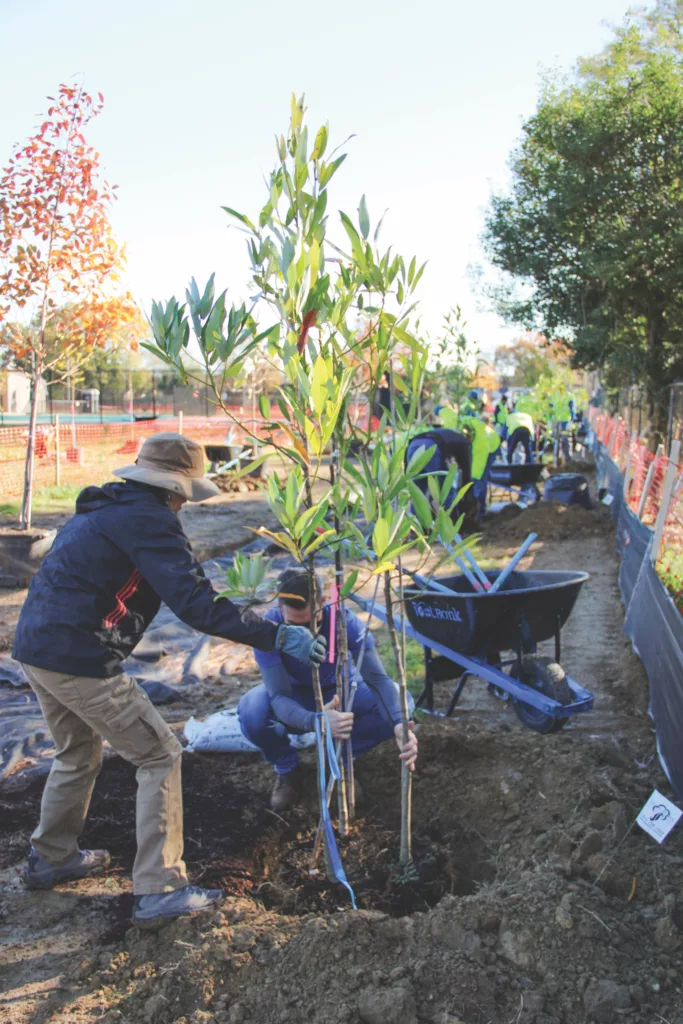
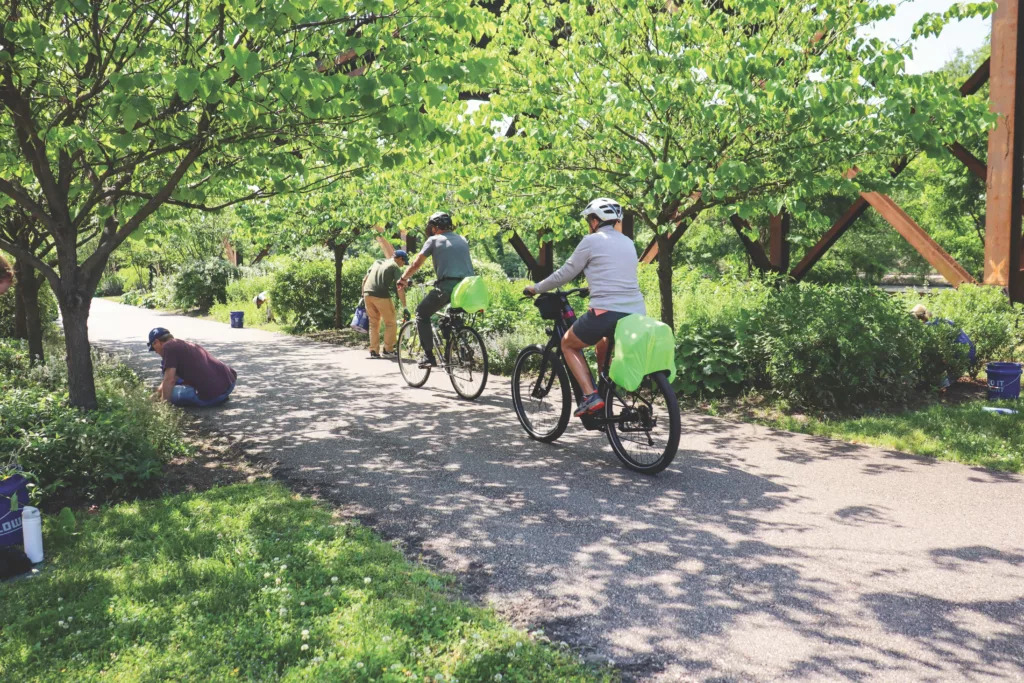
The Biophilic Boost
Tim Beatley, professor of sustainable communities at UVA’s School of Architecture and founder of Biophilic Cities, leads a global network re-imagining urban life. Biophilic Cities are where concrete jungles get a radical makeover, with metropolises like Singapore, Milan, Portland, and Copenhagen jumping on the bandwagon—parks popping up, vertical forests reaching skyward, and offices going green.
Virginia shines particularly bright, with the most cities in the network: Richmond, Norfolk, Reston, and Arlington are all partners, pledging to protect and enhance their natural elements. Norfolk’s Celebrate Trees Project plans an increase in its tree canopy to improve air quality, health, and energy conservation. Richmond’s master plan—Richmond 300—aims to have 100 percent of Richmonders living within a 10-minute walk of a park by 2037, its tricentennial.
“The benefits of a connection to nature are tremendous,” Beatley says. Along with Robertson, Aquino, and Drs. Bhatnagar and Mehta, Beatley asserts that exposure to nature means healthier communities, stronger connections, economic growth, improved cognitive skills and academic performance, and happier, more productive cities.
Next time you pass a street tree, give it a nod. That silent green sentinel isn’t just standing there looking pretty—it’s busy saving lives, one leaf at a time.
The Nature Pyramid
Tim Beatley, professor of sustainable communities at UVA’s School of Architecture and founder of Biophilic Cities, used the principles of the Healthy Eating Pyramid to develop the Nature Pyramid in 2012 to formulate a recommended dose of nature at many scales. The Nature Pyramid has since been adapted and customized for a number of Biophilic Cities’ partner cities, including Singapore, Quebec City, and Cantabria.
DAILY – 30 minutes per day
Spend time in nearby nature (e.g., gardens, local parks, fountains, etc.).
WEEKLY – 2 hours per week
Visit a city, state, or regional park, or local waterway with less urban intrusion.
MONTHLY – 1 weekend per month
Visit a “restful” natural area, like a national park, lake, or river away from cities.
ANNUALLY
Take a multi-day excursion in the wilderness at least once a year.
Learn more about the Nature Pyramid and Biophilic Cities at BiophilicCities.org.
This article originally appeared in the February 2025 issue.

